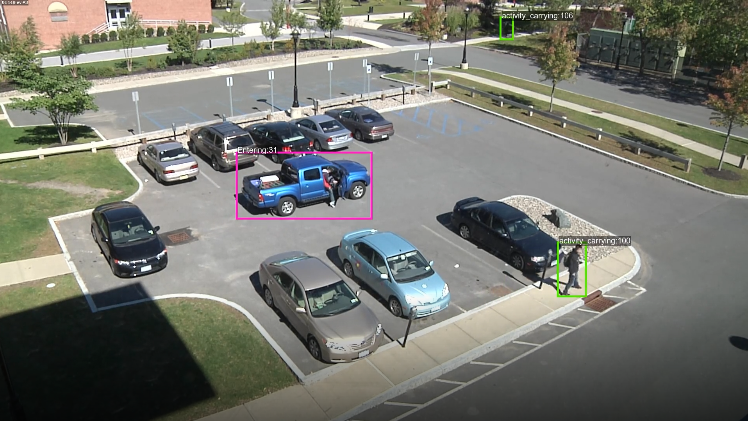On the surface, IARPA’s Activities in Extended Video (ActEV) Prize Challenge looks to improve efficiency, so camera operators can quickly identify what exactly people are doing in the video footage.
Beneath the surface; however, this technology can easily become as invasive as facial recognition software, extending well beyond the boundaries of security cameras in public places.
Read More: Shareholders tell Amazon to stop selling Rekognition facial recognition tech to govt
In collaboration with the National Institute of Standards and Technology (NIST) of the US Department of Commerce, the Intelligence Advanced Research Projects Activity (IARPA) is sponsoring a prize pool of $50,000 “to create algorithms that detect and localize activities in video” through forensic video analysis innovation.
Prizes will be awarded to those who can best “develop activity detection and temporal localization algorithms for 18 types of activities to be found in extended videos. These videos contain lengthy spans without any activities and intervals with potentially multiple concurrent activities.”
For ActEV, an activity is defined to be “one or more people performing a specified movement or interacting with an object or group of objects.”
This means that the whole point of the challenge is to find out what people are doing in video footage. What IARPA will do with the technology once it is developed is never explicitly explained with real-world examples, although IARPA’s focus is “on high-risk, high-payoff research programs to tackle difficult challenges of the agencies and disciplines in the intelligence community.”
Read More: US intelligence researching DNA for exabytes of data storage
IARPA’s reason for holding this prize challenges is that “the volume of video data collected from security cameras has grown dramatically in recent years. However, there has not been a commensurate increase in the capabilities of automated analytics for real-time alerting, triaging or forensic analysis of video.
“Operators of camera networks are typically overwhelmed with the volume of video they must monitor, and cannot afford to view or analyze even a small fraction of their video footage. Automated methods that identify and localize activities in extended video are necessary to alleviate the current, manual process of monitoring by human operators.
“Automated methods would also provide the capability to alert and triage video that can scale as the number of cameras continues to grow.”
If the IARPA prize challenge is successful, many businesses and even homeowners could benefit from the added security. If a crime were to take place, they would be able to use the algorithms developed during the ActEV Prize Challenge to quickly identify when the crime took place, how it was done, and it maybe even lead to capturing the perpetrator. It would be especially effective when combined with facial recognition software to catch the culprit.
However, if the public’s backlash to facial recognition software being used by law enforcement is so great, what would the public think if the ActEV Prize Challenge tech wound up in the hands of the law?
Read More: Big tech employees voicing ethical concerns echo warnings from history: Op-ed
Sure, one may argue that there would be greater security for all, but at what cost? Will this type of technology lead us to modify our behavior with the knowledge that someone is always watching us? Isn’t this happening already?
The bigger question is how can this technology be abused and for what purposes?
Althought the challenge is aimed at benefitting the intelligence community at the moment, could this tech be used for targeting specific people or profiling specific groups in the future? Or could it simply help people keep their property safe?












